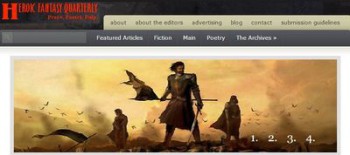The Series Series: Seven Forges by James A. Moore
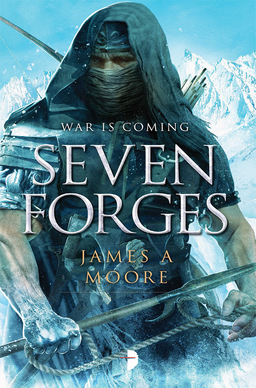 This is your book. The books I’ve reviewed in the Series Series so far have had many virtues, and some of them have been exactly my sort of thing, but in most cases, I’ve had to include a caveat about how they might not be your sort of thing. This time I can say, if you’re a regular reader at Black Gate, the book I’m reviewing is exactly your bucket of grog.
This is your book. The books I’ve reviewed in the Series Series so far have had many virtues, and some of them have been exactly my sort of thing, but in most cases, I’ve had to include a caveat about how they might not be your sort of thing. This time I can say, if you’re a regular reader at Black Gate, the book I’m reviewing is exactly your bucket of grog.
James A. Moore dedicates Seven Forges in part “to the memory of Fritz Leiber and Robert E. Howard for the inspiration.” That dedication sets the bar high, and caused me a bit of readerly apprehension, because so many writers have imitated badly those two greats of the sword and sorcery tradition. Moore is far more than an imitator, though. He does some fresh, counterintuitive things with the genre conventions. More than once, he startled me into saying out loud, “I didn’t see that coming.”
The weirdest thing about this first volume of what will clearly be a series about a total war on a cosmic scale — complete with an entire national pantheon consisting only of war gods — is that most of the book consists of a troubled but earnest effort at establishing peace. Our hero Merros Dulver leads an expedition from a stable empire that hasn’t faced a truly threatening enemy in over a thousand years into the Blasted Lands, where the last batch of now-mythic enemies used to live. The Fellein Empire once mastered sorceries so reminiscent of nuclear weapons, I briefly wondered whether Seven Forges might be far-future science fiction in disguise.
But the people who live on the far side of the Blasted Lands would be right at home in Robert E. Howard’s Hyboria. Conan might have seen in them a civilization he could love — if civilization is the right word for the Sa’ba Taalor. In a hidden valley surrounded by volcanic mountains that are also sort of gods, which are also sort of the ruins of the seven cities destroyed in the distant past, the Sa’ba Taalor have spent the past thousand years in the pursuit of perfect individual excellence in all the arts of war. Their gods saved them from the cataclysm, and ever since, the Sa’ba Taalor have repaid their gods with perfect obedience of divine law, and, for that matter, divine whim. These gods give prophecies, speak directly into the minds of their worshippers, perform geological miracles, and do other, stranger things that remain intriguing mysteries at the novel’s end. Above all, the seven gods of the Seven Forges require constant readiness for ass-kicking.
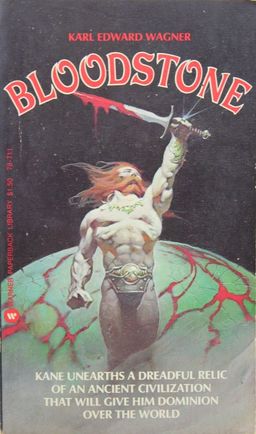
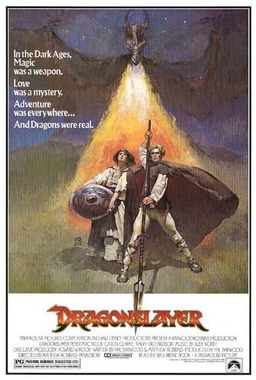
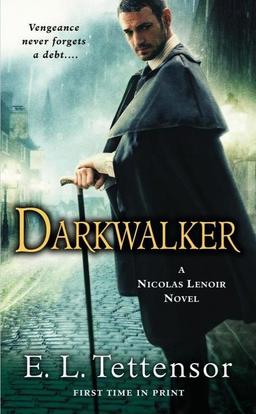
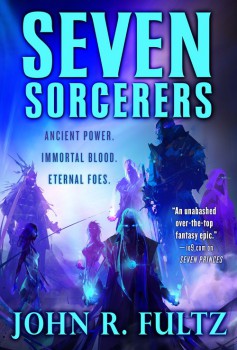

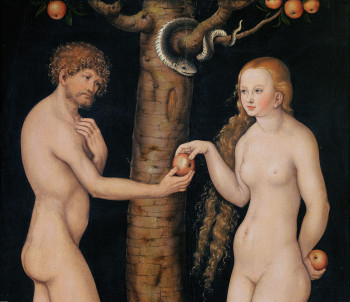
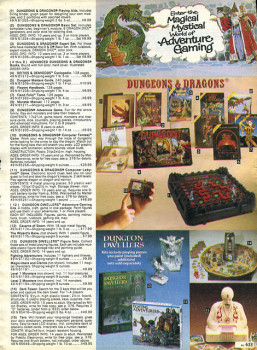
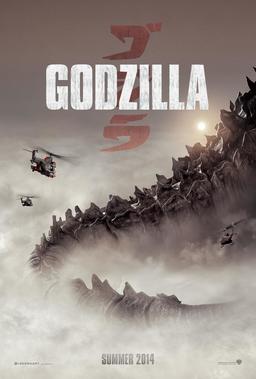 THE TRAILER IS HERE AND YOU SHOULD BE WATCHING IT.
THE TRAILER IS HERE AND YOU SHOULD BE WATCHING IT.